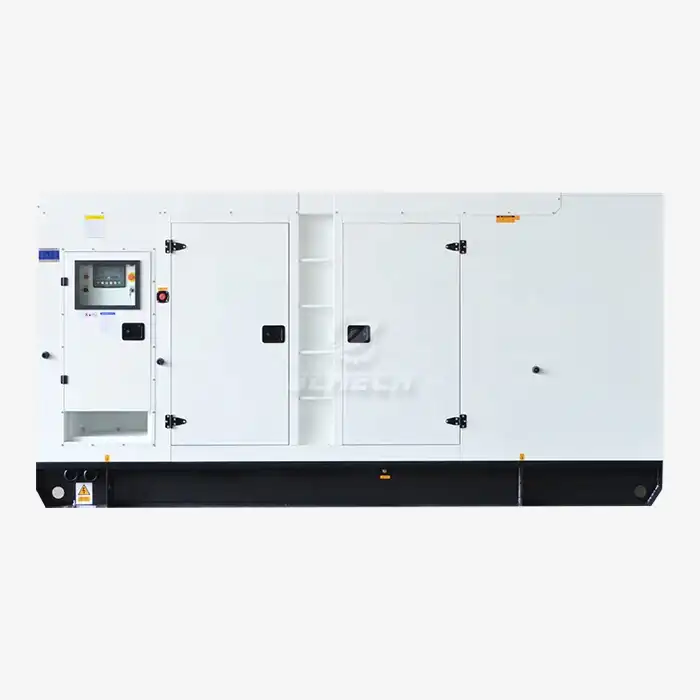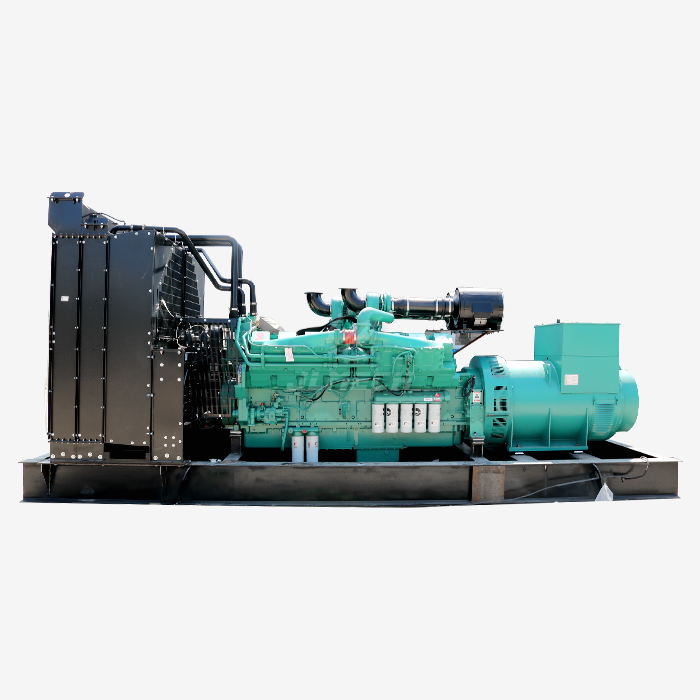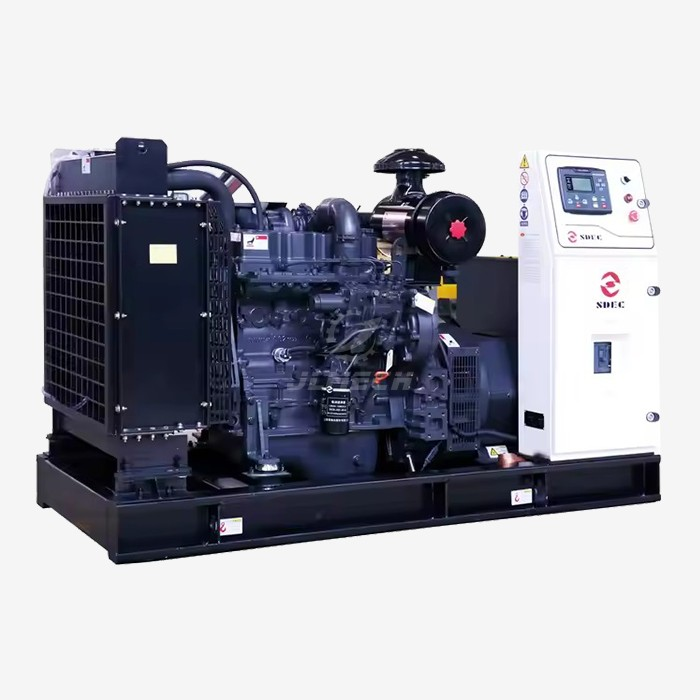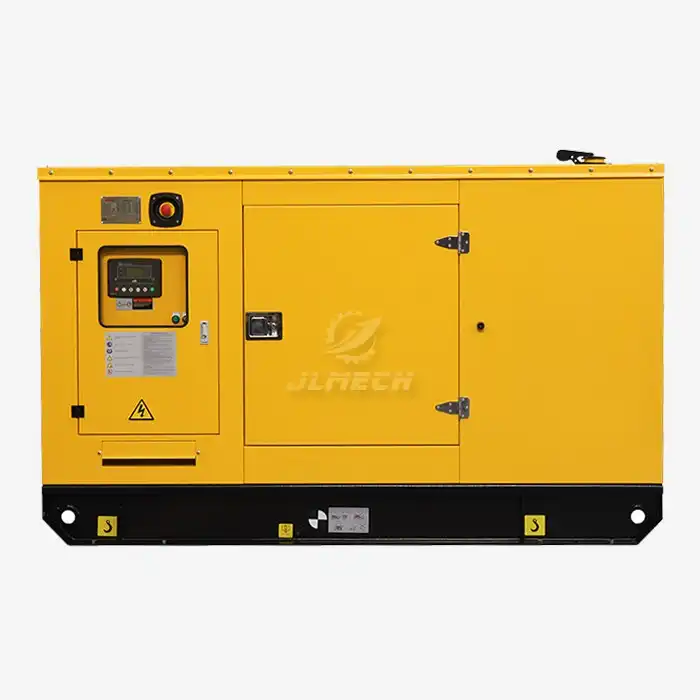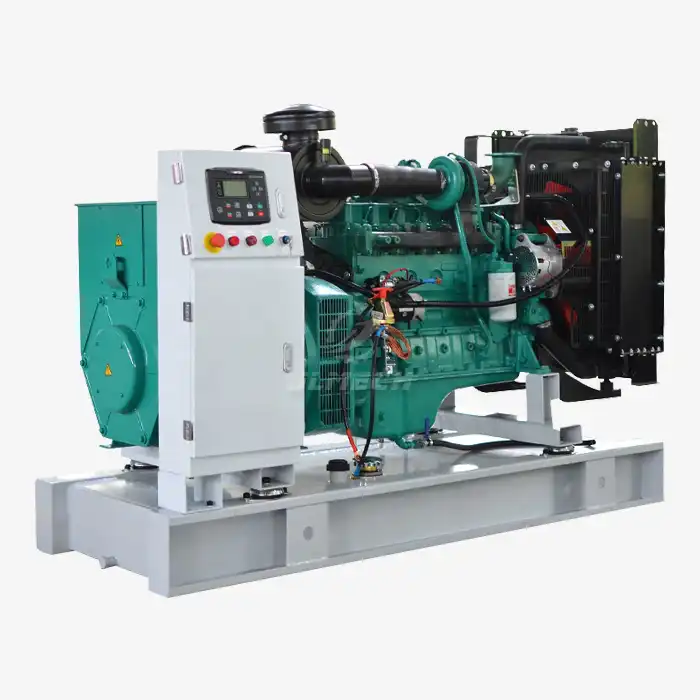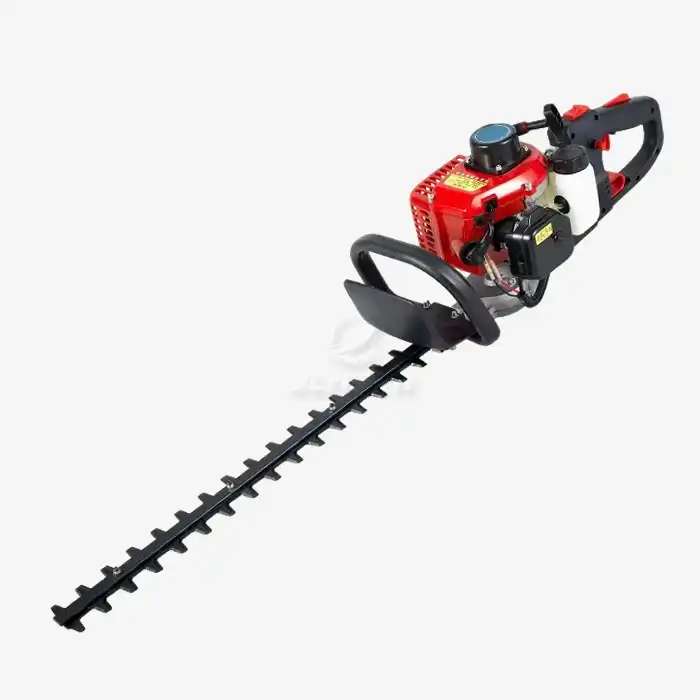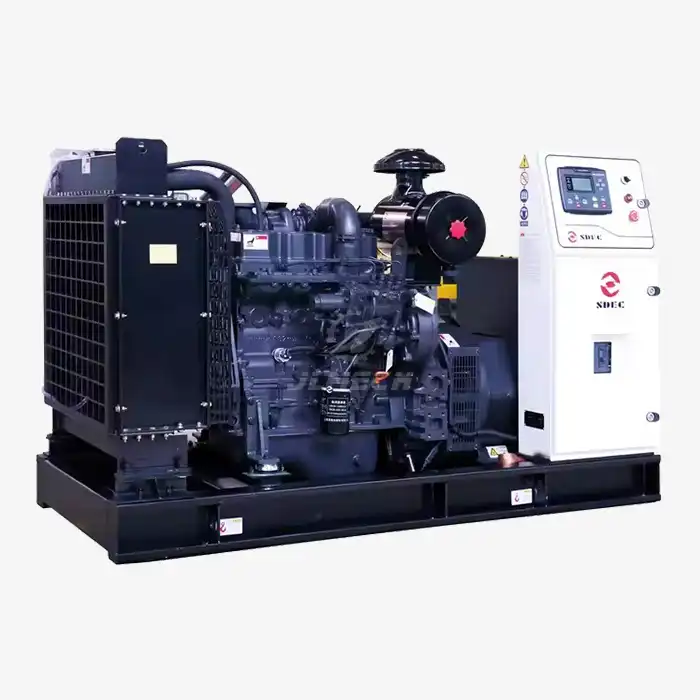How can I tell if my generator has a bearing failure?
Bearing failure represents one of the most common yet potentially devastating problems that can occur in diesel generators. Early detection of generator bearing failure is crucial for preventing catastrophic damage, minimizing repair costs, and avoiding unexpected operational downtime. Bearings play a vital role in supporting rotating components within your generator, and when they begin to fail, they provide distinct warning signs that alert operators can recognize. Understanding these indicators of generator bearing failure can mean the difference between a simple bearing replacement and a complete generator overhaul, making this knowledge essential for anyone responsible for generator maintenance and operation.
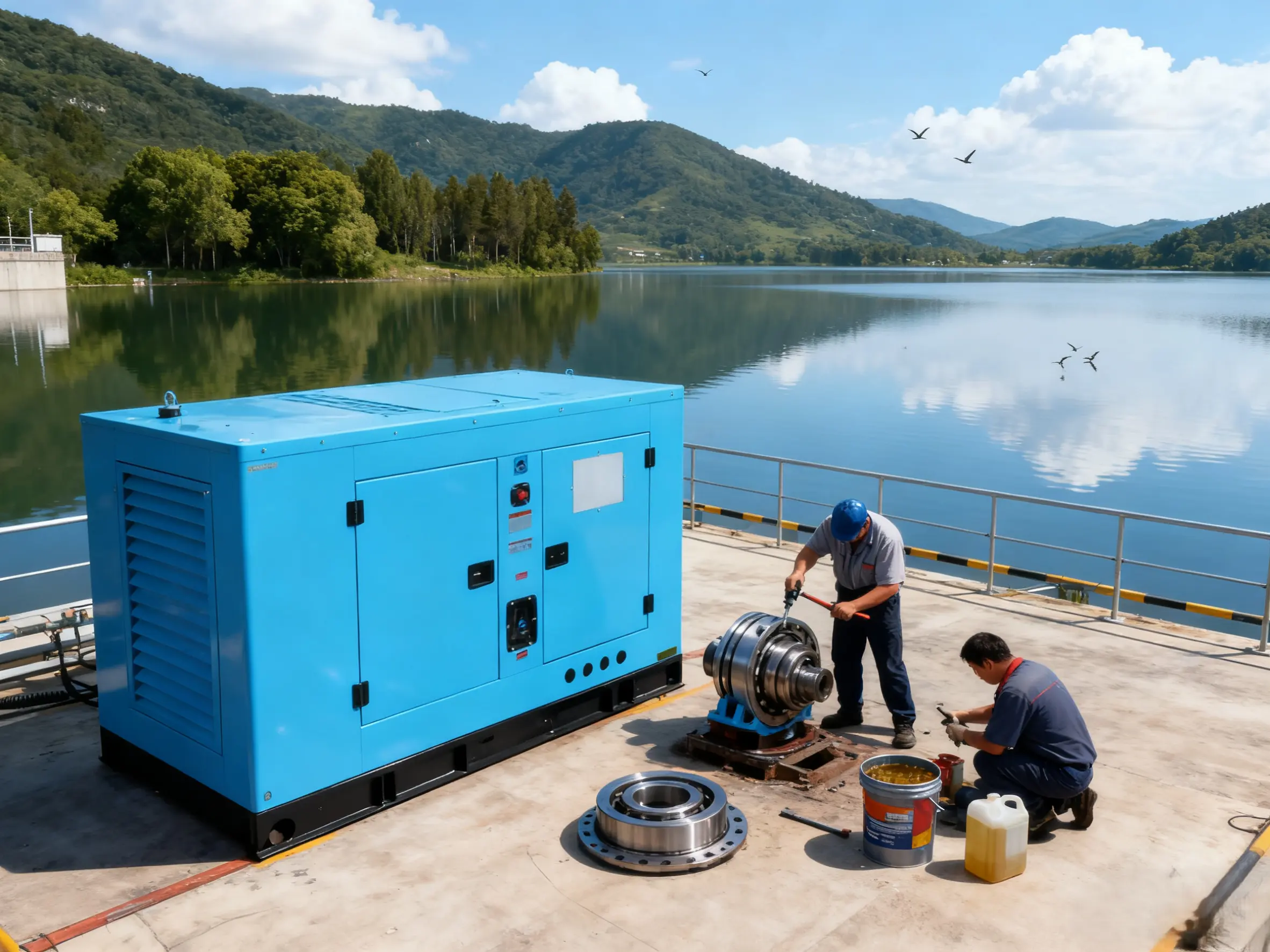
Unusual Noise Patterns
One of the earliest and most recognizable signs of impending bearing trouble is the presence of abnormal sounds during generator operation. These acoustic warnings typically progress through distinct stages:
Early Stage: A high-frequency whining or whistling sound that may come and go initially, often indicating insufficient lubrication or the very beginning of bearing surface deterioration.
Developing Stage: A consistent grinding or grating noise that becomes more pronounced under load, suggesting advanced wear of bearing rolling elements and raceways.
Advanced Stage: A distinct rumbling, knocking, or popping sound that may be felt through the generator housing, indicating severe damage and imminent bearing collapse.
These noise patterns typically intensify as bearing deterioration progresses, providing an audible timeline of the developing generator bearing failure.
Excessive Vibration Issues
As bearings wear, they lose their ability to properly support rotating components, resulting in measurable vibration increases:
Vibration Analysis: Use a vibration analyzer to detect specific bearing fault frequencies, which often appear before audible symptoms become noticeable.
Vibration Patterns: Look for vibrations that increase in intensity with generator speed and load, particularly those occurring at specific frequencies related to bearing component geometries.
Physical Sensation: Place a hand on the generator housing (with appropriate safety precautions) to feel for unusual vibrations; however, instrument-based measurement provides more reliable early detection.
Vibration monitoring represents one of the most effective predictive maintenance tools for identifying developing generator bearing failure before catastrophic damage occurs.
Temperature Abnormalities
Bearings undergoing failure generate excessive heat due to increased friction:
Infrared Thermography: Use an infrared camera to identify "hot spots" on bearing housings, which often indicate lubrication problems or excessive loading.
Temperature Strips: Apply temperature-indicating strips to bearing housings for visual monitoring without specialized equipment.
Embedded Sensors: Many modern generators include built-in temperature sensors that provide real-time bearing temperature data to the control panel.
Temperature increases typically follow the development of audible and vibration symptoms, representing a later-stage warning of advanced bearing deterioration.
Visual Inspection Indicators
Regular visual inspections can reveal external signs of bearing problems:
Lubricant Leaks: Check for grease or oil leakage around bearing seals, which can indicate seal failure and contamination ingress.
Discoloration: Look for blueing or browning of bearing surfaces, suggesting overheating and loss of material properties.
Contamination Signs: Inspect lubricant samples for metallic particles, which indicate active wear of bearing components.
Physical Damage: Check for cracks, pits, or spalling on bearing surfaces visible during maintenance inspections.
While visual inspection typically identifies more advanced bearing issues, it remains a valuable component of comprehensive generator bearing failure detection.
Performance Degradation
As bearings deteriorate, generator performance often suffers in measurable ways:
Voltage Fluctuations: Worn bearings can cause rotor position variations, leading to inconsistent voltage output.
Increased Fuel Consumption: Additional friction from failing bearings requires more engine power to maintain generator speed, resulting in higher fuel usage.
Power Quality Issues: Look for harmonic distortions or frequency variations that may indicate rotor stability problems caused by bearing wear.
Starting Difficulties: Severely damaged bearings can create sufficient drag to slow generator startup or prevent reaching operating speed.
These performance issues typically emerge in the intermediate to advanced stages of bearing deterioration.
Professional Diagnostic Methods
For confirmation of suspected bearing problems, these professional techniques provide definitive diagnosis:
Ultrasonic Testing: Uses high-frequency sound waves to detect early-stage bearing defects that aren't yet audible to human hearing.
Vibration Spectrum Analysis: Advanced vibration analysis that identifies specific bearing fault frequencies based on bearing geometry and rotational speed.
Oil Analysis: Laboratory testing of lubricant samples to identify metallic wear particles, chemical contamination, and lubricant degradation.
Borescope Inspection: Visual examination of internal bearing surfaces using a flexible optical scope without disassembling the generator.
These specialized techniques provide the most reliable early detection of developing generator bearing failure, allowing for planned repairs before catastrophic damage occurs.
Common Root Causes
Understanding what typically causes bearing failures helps prevent recurrence:
Improper Lubrication: The leading cause of premature bearing failure, including insufficient lubrication, lubricant contamination, or using incorrect lubricant types.
Misalignment: Shaft misalignment creates uneven bearing loads, accelerating wear and premature failure.
Installation Errors: Improper bearing installation techniques, including incorrect fits, hammering during installation, or inadequate preloading.
Contamination: Ingress of dirt, moisture, or other contaminants that degrade bearing surfaces and lubricant effectiveness.
Electrical Damage: Stray currents passing through bearings can cause arcing damage to bearing surfaces, creating distinctive fluting patterns.
Addressing these root causes is essential for preventing repeated generator bearing failure after replacement.
Maintenance Best Practices
Implement these practices to extend bearing life and detect problems early:
Scheduled Lubrication: Follow manufacturer recommendations for lubrication intervals and quantities, using only specified lubricants.
Regular Vibration Monitoring: Establish a baseline vibration signature when bearings are new and monitor for changes during routine maintenance.
Contamination Control: Maintain proper sealing integrity and avoid exposing bearings to contaminants during maintenance.
Alignment Verification: Periodically check and correct shaft alignment to prevent uneven bearing loading.
Training: Ensure maintenance personnel understand proper bearing installation, lubrication, and inspection techniques.
Proactive maintenance represents the most effective strategy for avoiding unexpected generator bearing failure and the associated operational disruptions.
Conclusion
Recognizing the signs of generator bearing failure early enables proactive maintenance that prevents minor issues from escalating into major repairs. By monitoring for unusual noises, vibrations, temperature increases, and performance changes, operators can identify bearing problems in their initial stages when repairs are most cost-effective. Regular maintenance, proper lubrication, and professional diagnostics form a comprehensive approach to bearing management that maximizes generator reliability and service life. Remember that bearing failures typically follow a predictable progression, giving alert operators ample warning before catastrophic failure occurs.
Our technical support team has extensive experience diagnosing and resolving bearing issues across all generator models and applications. For professional bearing assessment or maintenance services, contact our experts at skala@whjlmech.com.
References
Johnson, M. (2022). Emergency Power Systems: A Comprehensive Guide to High-Speed Diesel Generators. Power Engineering Quarterly, 45(3), 78-92.
SKF. (2021). Bearing Failure Analysis: A Practical Guide to Identifying and Correcting Bearing Problems. SKF Publication 10000/1EN.
International Organization for Standardization. (2018). ISO 15243:2017 - Rolling bearings - Damage and failures - Terms, characteristics and causes.
National Fire Protection Association. (2020). Standard for Emergency and Standby Power Systems (NFPA 110).



